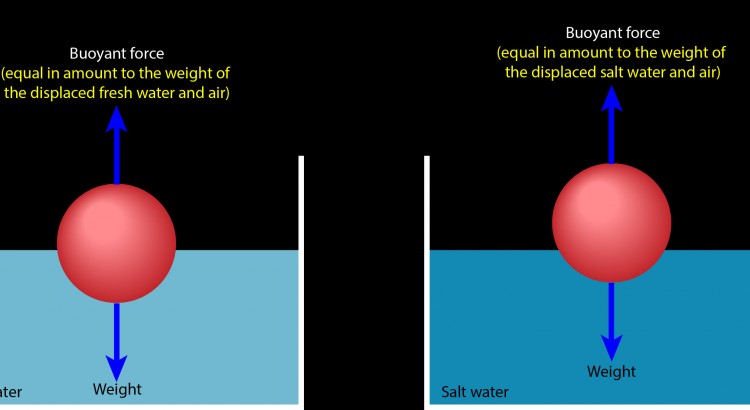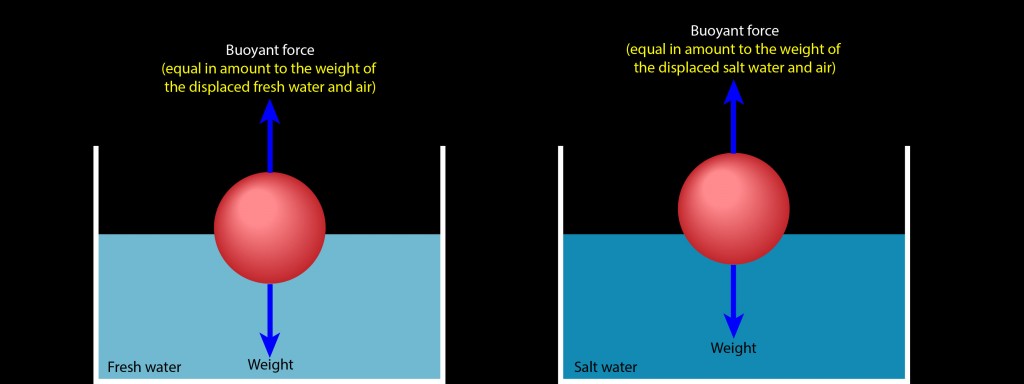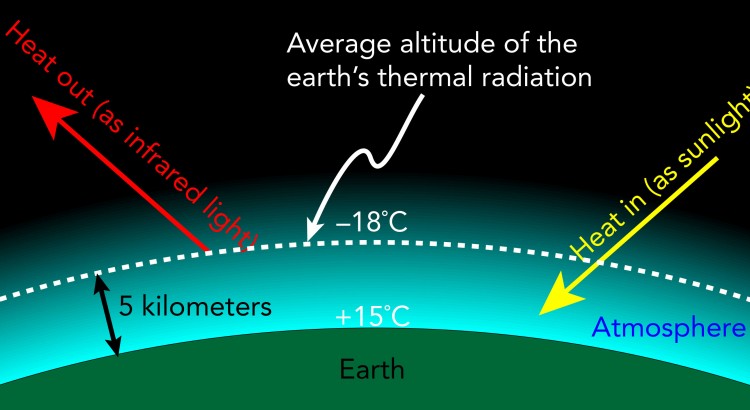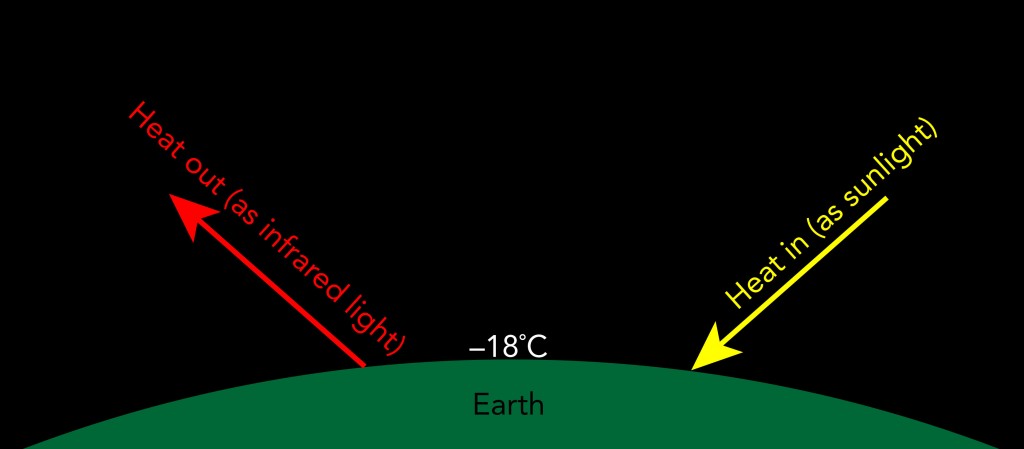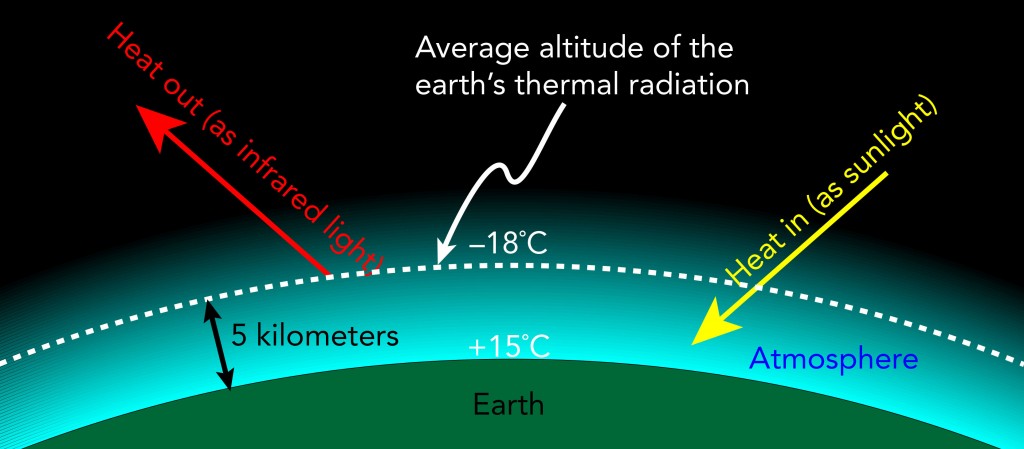After I microwave food in a plastic container and remove the container from the oven, the container begins to shrink. It seems like there is a vacuum inside. The lid and all the sides of the container are squeezed inward. Why does this happen? — U.S.
You’re right about the vacuum; the shrinkage you’re seeing is caused by a decrease in pressure inside the plastic container. When you heated the food, you also heated the air inside the container. Additionally, you converted some of the liquid water in the food into water vapor. Both of these effects, heating the air and adding water molecules to it, increased the gas pressure inside the container. Though you might not have noticed, the pressurized gas then leaked out of the plastic container through tiny gaps between its body and lid.
When you then took the container out of the microwave oven and exposed it to cooler room air, the temperature of the container and its contents decreases. The air cooled and some of the moisture in that air condensed back into liquid water. Both of those changes caused the gas pressure inside the container to decrease. While you might expect air to then leak back into the container, modern plastic containers and their lids tend to act as one-way valves — they leak air out, but not in. That’s because when the pressure inside the container is lower than atmospheric, the surrounding higher air pressure pushes the lid onto the container and improves the seal between those two items. So the container & lid leak air and water vapor during heating, but they then seal during cooling.
With low pressure inside the container and atmospheric pressure outside, there are substantial inward forces on the surfaces of the container and the container shrinks inward. The squeezing effect you observe is real — you have created a partial vacuum inside the container and it’s being squished by the surrounding air.
That same effect occurs whenever you cool the gas inside a sealed plastic container — for example, a plastic bottle that you filled with hot water and then closed tightly. The dropping temperature lowers the pressure of the gas and may even cause some of that gas to condense into liquid. With less pressure inside the container than outside the container, the container experiences inward forces that dent it inward. Ultimately, the container dents inward until the net forces on its surfaces become zero. It reaches that new equilibrium situation (new balance between forces) because compressing the gas inside it increases the pressure of that trapped gas and because the bottle or container itself has some elasticity that fights the denting. Either way, the container ends up looking squished.
